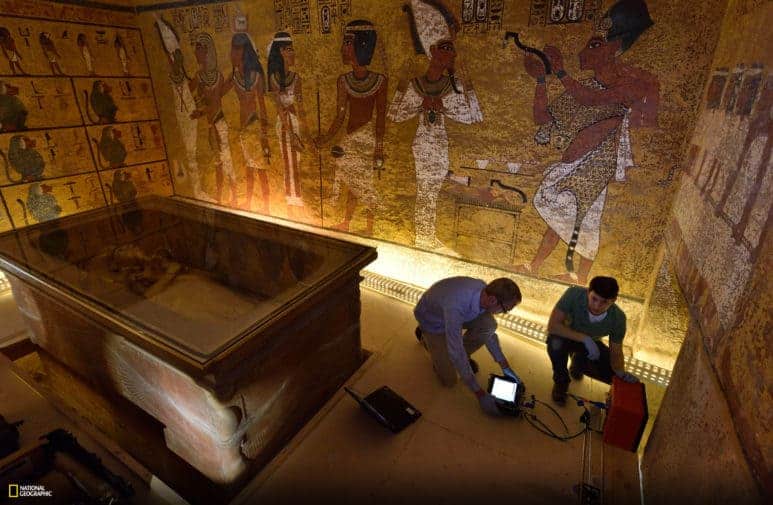Egyptian Tomb Still Holds Ancient Mystery
Could Queen Nefertiti be resting in a hidden chamber within the tomb of King Tut?
King Tut and Queen Nefertiti, the search is still going on. In the world of Egyptology, debate is raging about whether or not King Tut’s tomb could hold a hidden chamber containing the body of Queen Nefertiti. Although Nefertiti was one of the most famous women in ancient Egypt, her body has never been found. Could it have been right under our noses the entire time? Let’s take a look at this ancient mystery and why it is sparking a renewed interest in Egypt trips and other tourism in the area.
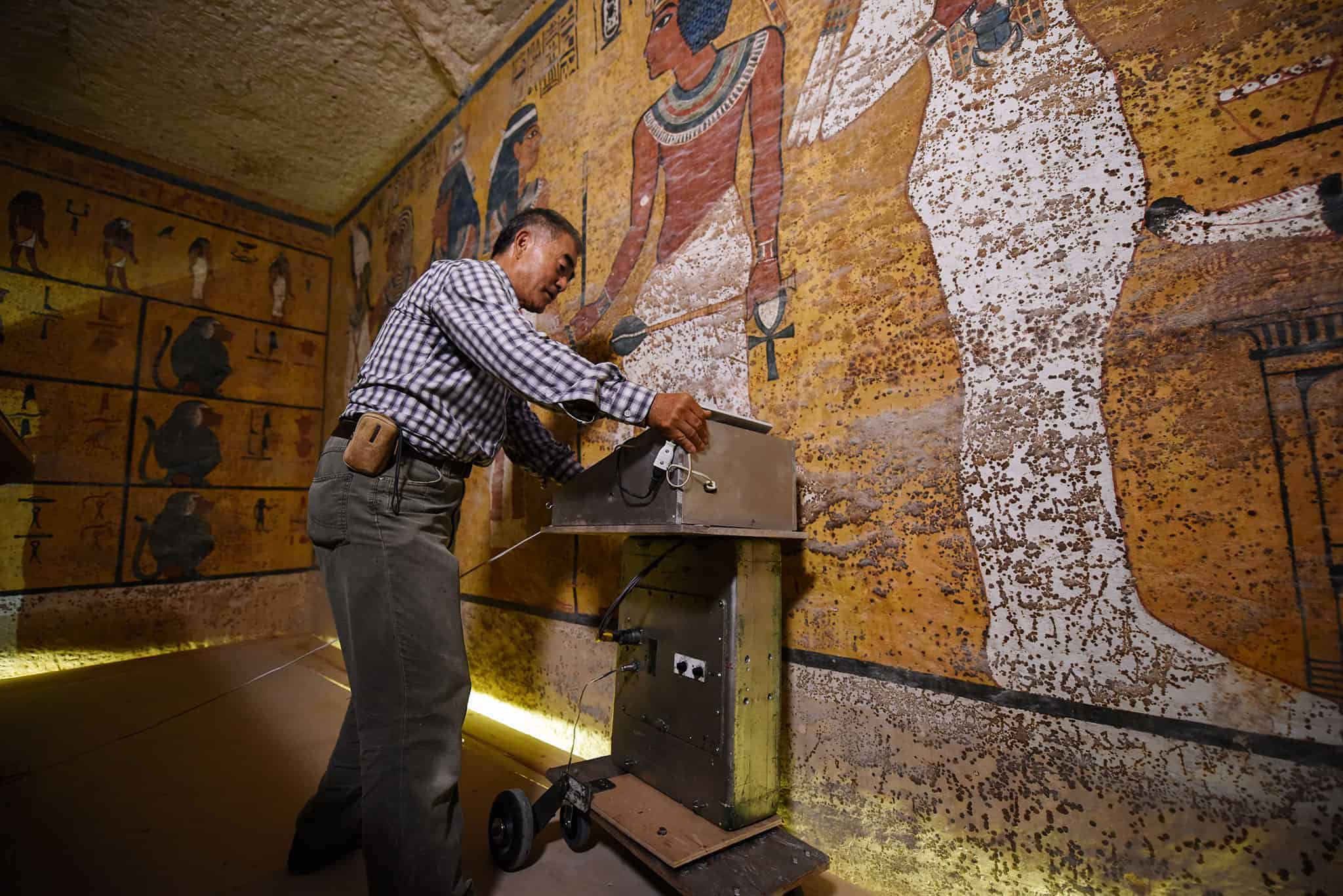
Who Were King Tut and Queen Nefertiti?
Nefertiti was one of the most famous queens of Egypt and the wife of the famous Pharaoh Akhenaten during the time period of the 14th century BC. Her name means “a beautiful woman has come,” and according to the legends, she lived up to that name. The famous sculpture of her face, which is on display at the Neues Museum in Berlin, is one of the most recognizable icons of Egyptian art with its high cheekbones, almond eyes, and long graceful neck.
She was not only beautiful, she was also commanding, brave, and powerful. She was depicted on the tombs and temples built during Akhenaten’s reign in a way that was not seen before by any Egyptian woman. She is shown in positions of authority, smiting an enemy, leading worship, and driving a chariot.
Akhenaten and Nefertiti ruled together during a tumultuous time in religion. They rejected polytheism and proclaimed that there was only one important god – Aten, the god of the sun. It is said that the couple had a genuine romantic love for each other, which is not something that generally happened in this time of arranged marriages. They are one of the most famous couples in ancient Egypt, and any tour guide, from Egypt tours to budget tours, will tell you all about them.
The family tree was a little bit tangled and confusing. Nefertiti had six daughters with Akhenaten, who then went on to take other wives – including his own sister. He fathered King Tut with his sister.
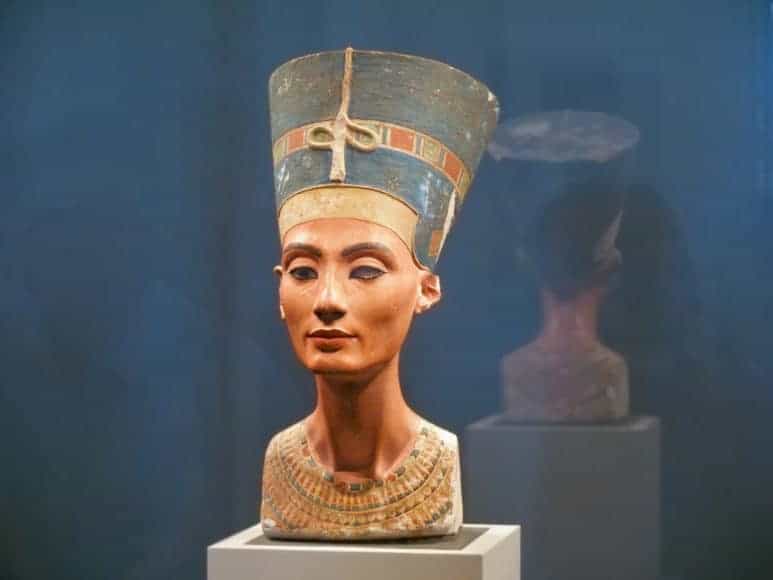
King Tut was the offspring of brother and sister, and it is thought that this inbreeding may have given him a congenital clubfoot as well as made him infertile. Nevertheless, he is still the best-known ancient Egyptian pharaoh. He was born during the 18th dynasty of Egypt’s New Kingdom, and he had only a short reign – ruling for 8-9 years before dying of unknown cases. When his tomb was discovered, it was incredibly important, as it was one of the few tombs that was not raided by grave robbers.
The discovery of King Tut’s tomb in 1922 in the Valley of the Kings in the West Bank of Luxor came after English archaeologist Howard Carter searched for seven years. When he finally stepped into the chamber filled with gold splendor, the subsequent media frenzy and “Egyptomania” would make an extraordinary impact on the world and cause many people to dedicate their lives to the study of Egyptology for the years to come.
Nefertiti’s third-born daughter, Ankhesenpaaten, became King Tut’s queen (as well as half-sister). Nefertiti is referred to as King Tut’s mother, but she is actually his stepmother. However, since King Tut married his half-sister, Nefertiti is also his mother-in-law.
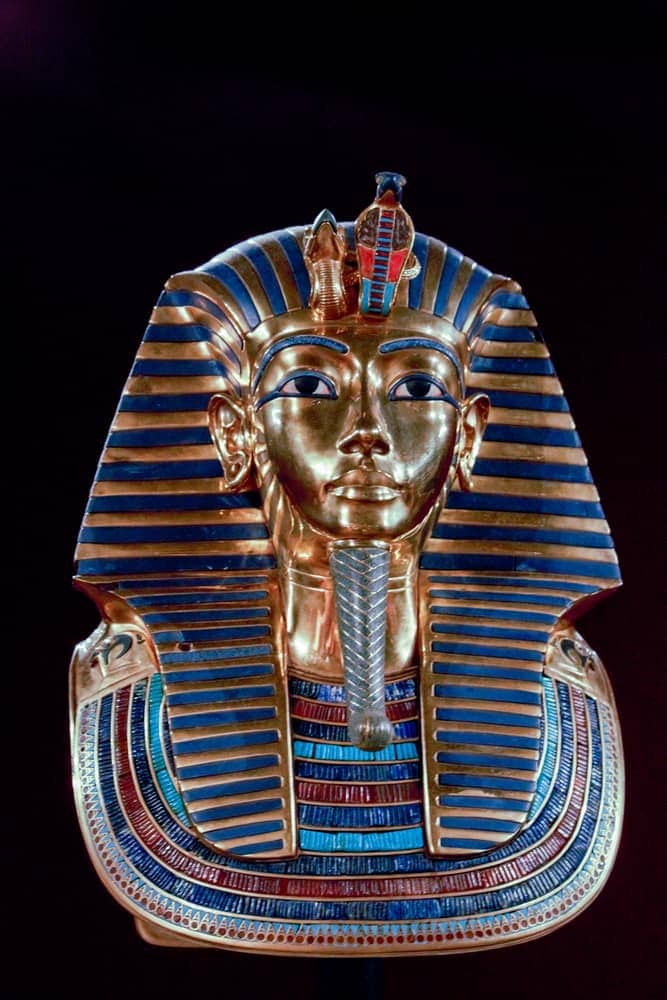
Nefertiti suddenly disappears from the record in the 12th year of Akhenaten’s reign. No one knows for sure why this was, but there are a few theories. She could have died, or she could have been exiled when polytheism came back into popularity. Or, it is possible that she might have assumed the position of pharaoh, taking a new name and identity as a man. The mummy of this famous queen has never been found.
A Discovery by Nicholas Reeves
In 2015, English archaeologist Nicholas Reeves made a surprising announcement that he had seen evidence of two previously undiscovered doorways while looking at high-resolution scans of Tutankhamun’s tomb, also known as KV62.
One of the doorways is set within a larger partition wall, and both of them seem to be untouched for many centuries. This doorway, as well as other structural anomalies, suggests that there could be another chamber within. The doorway is covered with a material that is different than the other walls around it. It is a gritty material, which is similar to fragments that were originally used to cover another blocked door that was opened by Howard Carter in 1922. However, uncovering this door is a challenge – it is covered by a priceless wall painting.
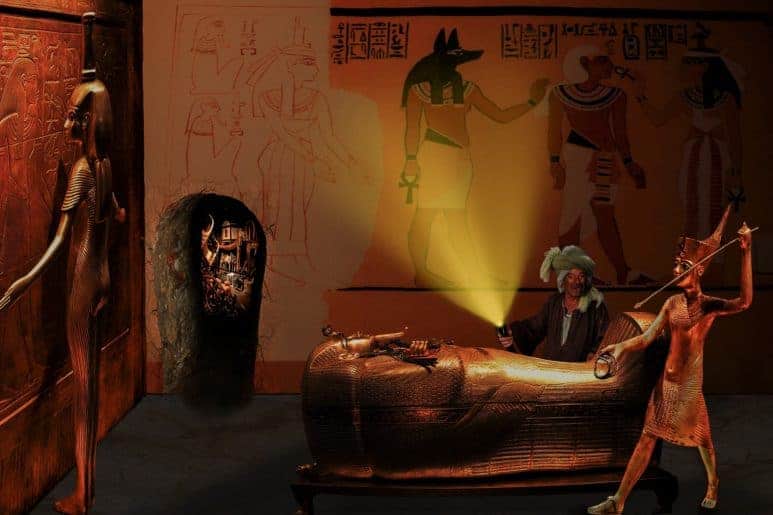
It might be possible to make a tiny hole in the wall and introduce a fiberoptic camera, which would allow scientists to see what is inside. There have also been examples of conservators who have been successful in removing entire wall paintings without damaging them. Or, there may be some other solution that will allow the archeologists to access the hidden rooms.
There have long been theories that there is more to King Tut’s tomb than the body of the young ruler. Many archeologists have observed that King Tut’s mask seems to have ear piercings, even though it was not the fashion of the time for young men to wear earrings. This has led to the theory that the tomb and death mask was originally designed for Nefertiti but was used for Tut when he died suddenly at 19. In fact, Reeves even posits that the scenes in the tomb were originally painted of Nefertiti and the figures were altered to look like King Tut instead.
Egyptian scientists have been looking for Nefertiti’s mummy for many years. Since 2007, they have conducted genetic tests on 16 royal mummies. They turned out to be Tut’s grandparents, his wife, and his parents. Also, two mummified fetuses were found that were likely Tut’s stillborn daughters.
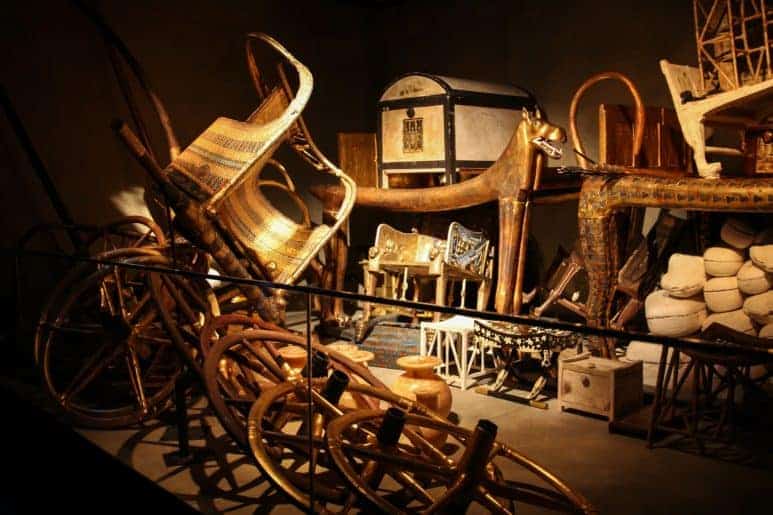
If Reeves were right about the hidden chamber, this would be one of the most significant discoveries since Howard Carter uncovered Tutankhamen’s tomb in 1922.
Results Still Unclear
Specialists have been making radar scans of the tomb, trying to find the hidden chambers. Mamdouh Eldamaty, the previous Minister of Antiquities in Egypt, stated that he was 90% certain that the chambers existed. Hirokatsu Watanabe, a radar specialist from Japan, carried out a series of radar scans that detected evidence of metallic and organic objects hiding behind the walls.
However, the claims from the radar scans are being challenged by a number of Egyptologists. Zahi Hawass, the former minister of antiquities and one of the foremost scholars in Egypt, said, “Radar is not scientific.” He has criticized Reeves’s theory and has asked for a more thorough investigation.
Since Watanabe’s radar scans, many other experts have studied the tomb. National Geographic sent Alan Turchik (a mechanical engineer) and Eric Berkenpas (an electrical engineer). They scanned the walls of the tomb with two radar antennae at five different heights, scanning to detect depth and features.
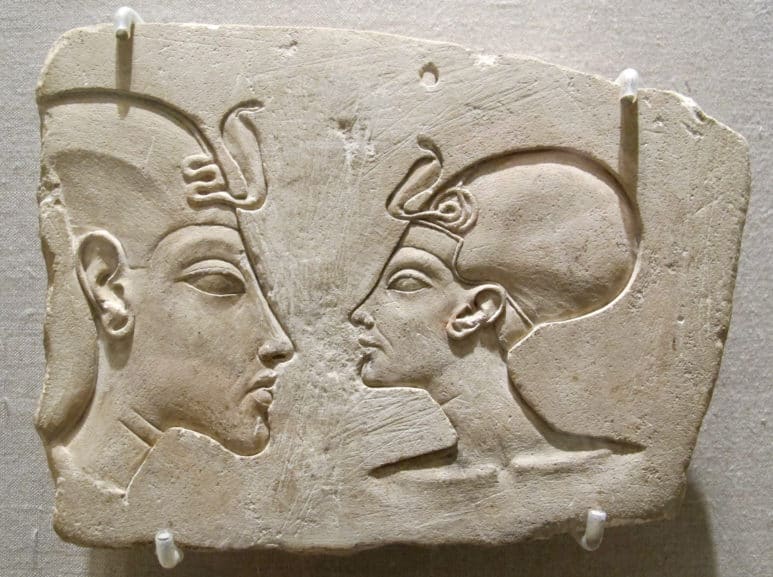
They collected a lot of data, which was sent to experts in Egypt and the USA for analysis. Some irregularities could be seen in the data at first glance, but it is not clear-cut evidence of anything. The hunt will continue this year when a team of Italian researchers undergoes the most in-depth investigation of the burial site ever.
The team from the Polytechnic University of Turin will scan the tomb over a number of weeks. This is part of a large project with the goal of conducting a complete physical mapping of the Valley of the Kings. The group from Turin University will be using ground-penetrating radar, as well as magnetic induction and electric resistance tomography equipment. This will allow them to scan depths of up to 32 feet so that they can learn more information about underground structures.
The general consensus is that there is a 90 percent chance there is “something” behind the walls of King Tut’s chamber. Nothing has been announced yet, but if Nefertiti is found, this could be the discovery of the century.
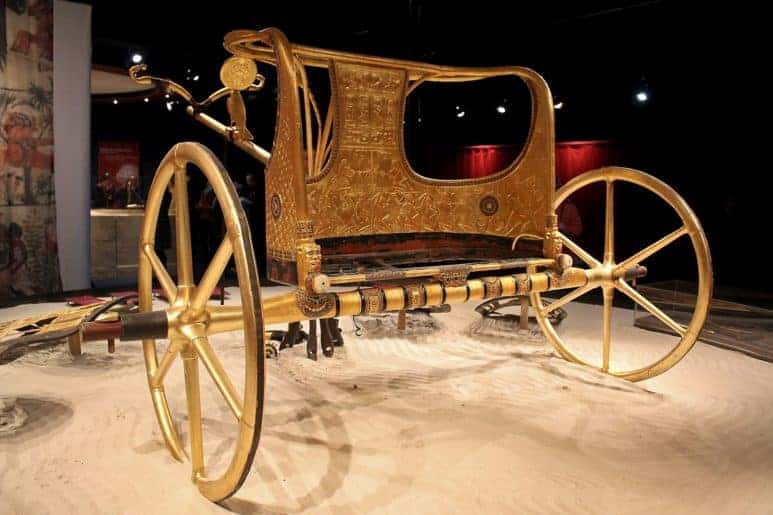
This new discovery could spark more interest in Egypt luxury tours and historic-themed visits. This will be a very important boost for the Egyptian tourism industry, as this is an important source of foreign cash flow. It has endured many setbacks since the uprising that toppled the government of Hosni Mubarak in 2011.
Tips for Visiting King Tut’s Tomb, the Valley of the Kings, and the Luxor West Bank
Whether you are on a private guided tour of Egypt or you are exploring independently, visiting King Tut’s Tomb is an absolute must. It is one of the most spectacular and historically important sites of ancient Egypt. Here are some important tips that you should keep in mind when visiting King Tut’s Tomb, the Valley of the Kings, the Valley of the Queens, and the West Bank of Luxor:
- Wear layers. The Egyptian sun will be incredibly hot, but once you are underground in the tombs, it will be several degrees cooler. Bringing a lightweight layer will ensure that you are comfortable.
- Wear comfortable walking shoes with good grip, as you will be covering a lot of ground and walking on uneven stone.
- It will cost you an extra fee, separate from the admission price to the Valley of the Kings, to see the tomb of King Tut. It is worth it – when else will you have this opportunity?
- The best tombs that are open to the public rotate, as they are closed periodically in an effort to preserve the wall paintings that have been degraded by the humidity caused by so many visitors.
- The body of King Tut himself is actually held in the tomb. Carter wasn’t a very careful archeologist, and the damage that he did to the mummy (as well as the damage caused by others who visited the tomb after him) means that it cannot be removed without completely destroying it.
- If you are not sure which tour company to go with, you can check out Egypt tour reviews online to read about the previous experiences of the guests.
- If you are part of a tour group, you will probably visit the Valley of the Kings early in the morning. However, if you are with an independent tour guide, you could arrange to visit during the late afternoon to experience fewer crowds.
- Bring along a flashlight, as it will be very helpful for seeing the dark corners of the tombs.
- Bring plenty of water and wear a hat and sunscreen for the times when you will be outside walking between the tombs.
- If you plan on spending some time at the tombs, bring some snacks. The only food available is at the tourist bazaar that is near the visitor center, which is quite far away from the tombs.
- There is a Visitor Center at the Valley of the Kings, which has toilets for visitors, a ticket booth, and an interesting model of the entire area.
- There is a small electric train that will take you from the visitor center to the start of the tombs area. When it is very hot, this little train can be a lifesaver so that you don’t have to walk in the sweltering midday sun.
- If you have the time and the energy, you might want to take the Deir el-Bahri Walk for Queen Hatshepsut. This 45-minute journey is not too strenuous, but it requires solid footwear. It will reward you with stunning views of the Valley of the Kings and the fertile green plains alongside the banks of the Nile.
- Seeing the Valley of the Kings on one of the best Egypt tours is the best possible way to see these beautiful tombs. You will have the freedom to make your own schedule so that you can see the sights that are most interesting to you.
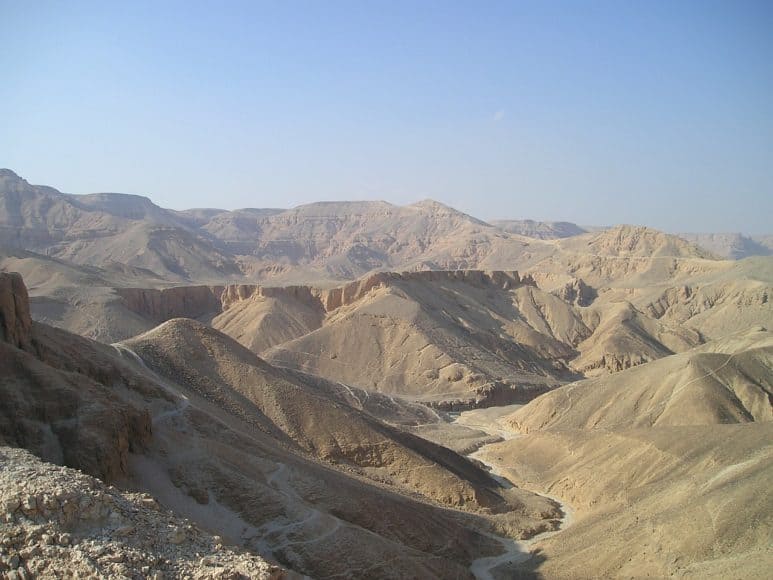
To learn more about King Tut and Nefertiti and our Egypt tour packages, please contact us today!
